1762
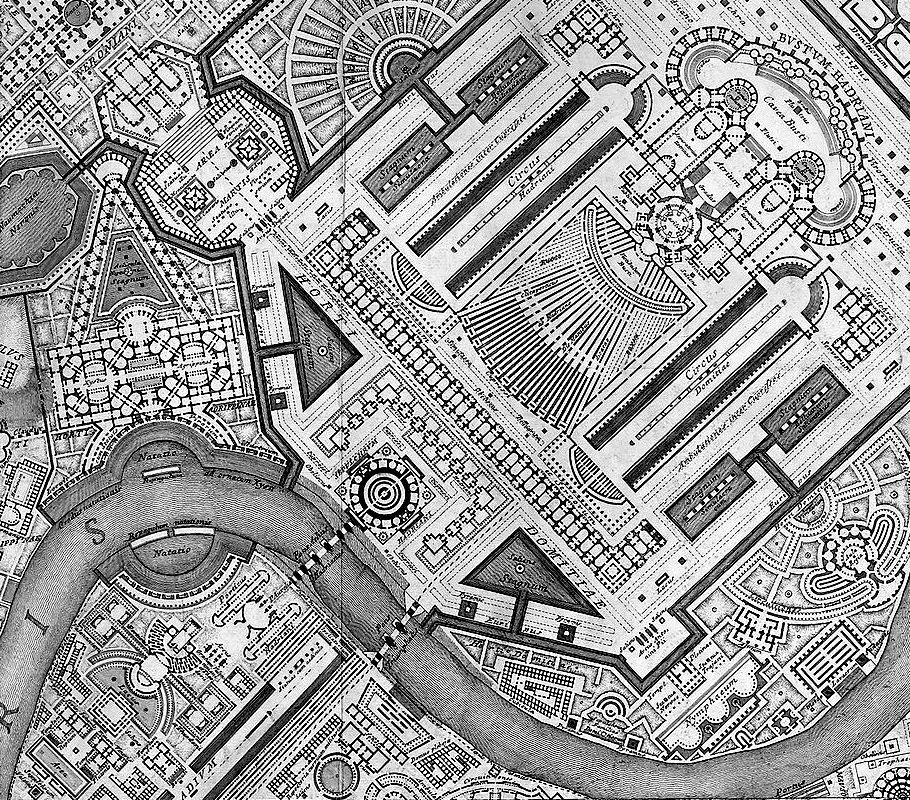
20 November 1778 Friday
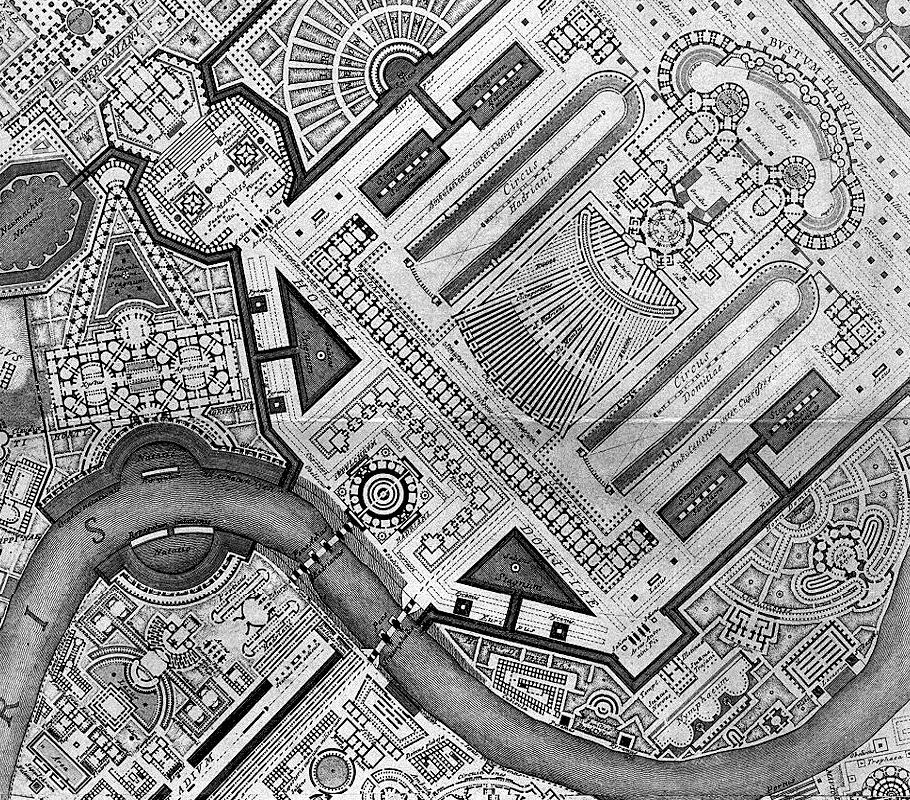
20 November 1812 Friday
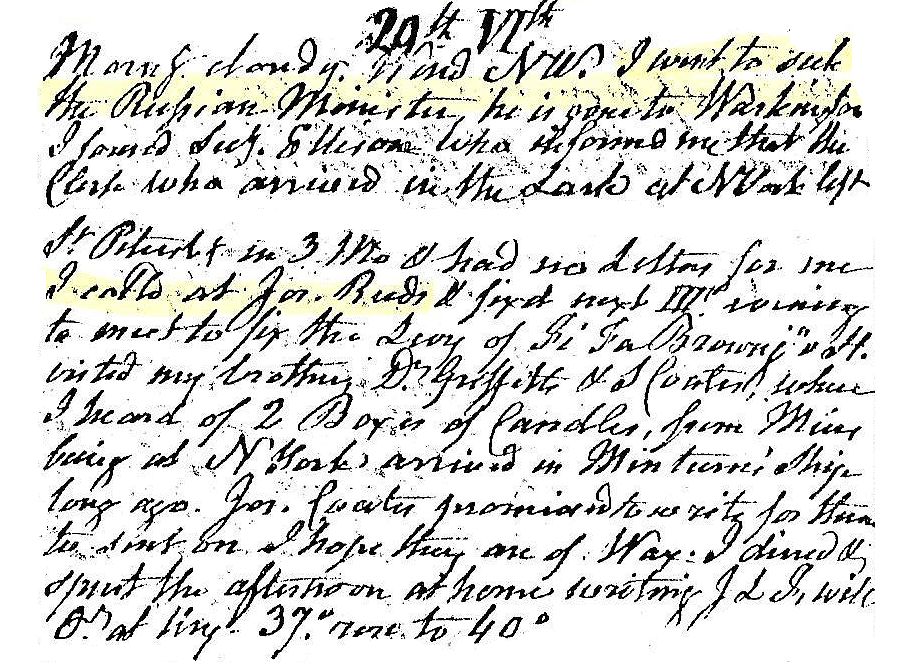
Morning cloudy, Wind NW. I went to seek the Russian Minister; he is gone to Washington. I found Sec.[?] Ellison who informed me that the clerk who arrived in the Lark at N. York left St. Petersburg in 3 ... and had no letters for me. I called at Jos. Reed’s and fixed next Tuesday evening to fix the levy of .. .. Browning's St. Visited my brother, Dr. Griffiths, and S. Coates where I heard of two boxes of candles from Miers being at N. York arrived in Minturn's ship long ago. Jos Coates promised to write for them to [be] sent on. I hope they are of wax. I dined and spent the afternoon at home writing JLF's will. Temperature at Ury 37 degrees rose to 40 degrees.
20 November 1997
me and Ichnographia
I thought of the phrase from, I think, one of my square poems, "back to daddy's balls, architecture halls." I never imagined that I would today see a connection between this line and the Ichnographia. I already know that I am going to make a point about Mars being the father of Romulus--the founder of Rome, and the connection of sex and conception of the plans is already an idea well established in my head, and now I see the "testicles" of the Templum Martis as the generators of Piranesi's entire design of the Campo Marzio.
The specific design intention that Piranesi put directly into the plan with regard to the prominence of Mars, I believe, proves definitively that Piranesi was actively redesigning Imperial Rome as he came to understand it would best be. Piranesi assimilated all the knowledge about this part of the city that he could, and through that assimilation he ultimately arrived at a whole new synthesis. Piranesi's plan of the Campo Marzio is not an architectural reconstruction, but an archeological redesign. Piranesi's plan is not a rendition of what was, but rather a rendition of what could have been. Piranesi's plan is not a reconstruction, but a historical reenactment, and the difference between the two is as distance as the difference between life and death, between something finished and something ongoing.
The Ichnographia is a powerful reenactment of the architectural history of the Campo Marzio. The history, moreover, is not limited to Imperial Rome. Although the buildings are named for those primarily of the late Empire, Piranesi also very cleverly and extremely subtlely reenacts the architectural history of the Campo Marzio beyond the Imperial Age, specifically the inversion/conversion of Rome from pagan to Christian--and also some of Baroque Rome.
With the notion of reenactment I can introduce that notion of ritual--this may get too complex, however. Yet the notion of ritual more or less has to come into play once I begin to consider the nature of Piranesi's role in the reenactment: is he high-priest or the producer-director-playwright?
The opening stage for the reenactment is the Scenographia (whose very title has obvious theatrical connotations), and on the stage are the primal players, the only vestiges of Imperial Rome. The remains are like great aged actors whose talents have reached the stage of being something unsurpassable--they are also like the Titans--the primordial gods who quickly give way to an ever expanding drama with a vast multitude of characters.
I also have some thoughts regarding the Ichnographia as a stone fragment: this presentation on Piranesi's part could also be considered a reenactment of the Forma Urbis--a virtual reenactment of discovering the great missing piece of the "puzzle" that will bring all the other piece to a grand cohesion. I am here reminded of Tafuri's opening comments to The Sphere and the Labyrinth, and I'm sure I can now make a good valid connection and elaborate on how the fragment stone map of the Ichnographia represents a kind of "missing link," a piece that will explain all there is to explain about the "real" nature of Imperial Rome.
20 November 2000
9 November 1778
Yesterday morning I was looking through the recent Taschen publication of Piranesi's complete etchings, and therein I noticed that Piranesi died on 9 November 1778. With respect to my last post here, I'm now at least pleased that information seems to be 'participating' with my obscure architectural/theoretical researches/entertainments. At the very least I'm now mostly happy that Helena, Eutropia, Constantine and Piranesi still manage to exhibit signs of life. Architectural aesthetics and theories provide such an enormous fertile field, that it seems very true that the best way to enjoy it all is to plant seeds, supply some nurturing, and then watch some tremendous fruit bearing growth emerge.
Piranesi, as far as I can tell, was the most recent past architect/theorist to give architectural homage to Helena. Four plates in the Antichita Romane vol. III depict Helena's (ruined) mausoleum in Rome plus her sarcophagus (which is now in the Vatican Museum). In vol. II of the Antichita Romane there are four plates that depict (what is today called) Santa Costanza, (originally the mausoleum of Constantina, the daughter of Constantine, and the grand daughter of Helena and Eutropia), plus Constantina's sarcophagus (which is now also in the Vatican museum in the same room as Helena's sepulcher). Piranesi also offers a reconstructed plan of the original Constantinian basilica (it was quite huge) built over the catacomb where St. Agnes was buried, to which Santa Costanza was originally attached.
It was through my research of St. Agnes (on April 1, 1999 - Holy Thursday) in relation to my ongoing research of Piranesi's Ichnographia Campus Martius that I first found out about St. Helena.
I would love to be able to confidently tell you all to trust me when it comes Helena and Piranesi, but I really can't do that without somehow or another seeing things get messy. Nevertheless, I will ask you to trust me when I say that I really enjoy architecture talk, and I therefore really enjoy architecthetics because this is one of the few places (as unreal as it is) that I get to do the talking I enjoy doing.
20 November 2001
20 November 1996
Five years ago today was the last day that there was no such thing as Quondam - A Virtual Museum of Architecture. Since that time the notion of architect's designing virtual museums has become somewhat vogue, but www.quondam.com has never received 'official' recognition as the first (or at least oldest) virtual museum to be designed by an architect. Oddly, the Guggenheim Virtual Museum has received enormous press and official recognition, yet, in complete irony, it does not even exist as an online entity despite its self proclamation as being the most important virtual building of the 21st century. Quondam used to offer an online journal entitled Not There. Perhaps it's now time for Quondam to start handing out the Not There award.
www.quondam.com today manifests architecture as the delivery of content. Moreover, Quondam strives to deliver architectural content that is not available anywhere else, thus generally following the dictum that a virtual museum should be what a real museum cannot be.
20 November 2007
Architecture Movies
Stourley Kracklite, the architect in The Belly of an Architect lands dead on the roof of a Mercedes-Benz after letting himself fall off backwards from the Victor Emmanuale Monument.
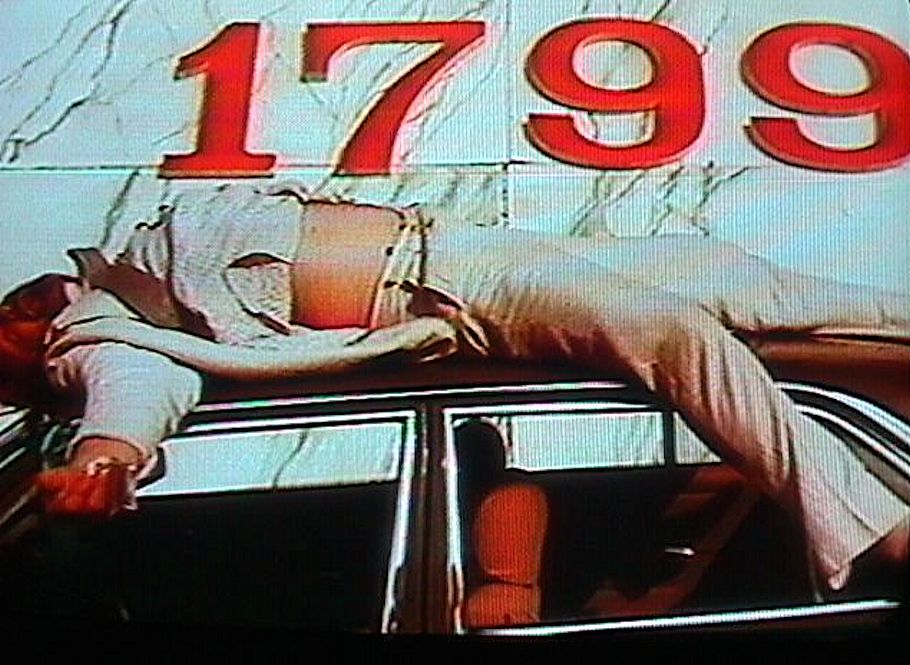
20 November 2009
The Great Books (of Architecture)
The Decline of the Whiskey Empire
Eutropian Theories
Voodoo Valley, 19120
buildings that move(d)
Apostate Architecture
Kissing That Reality Good-bye
The Last Great Pagan Architecture of Rome
Uninhibited Habitations
Architecture of the Divided States of America
Appositional Architecture
Rita Novel This Sontag
20 November 2022 Sunday
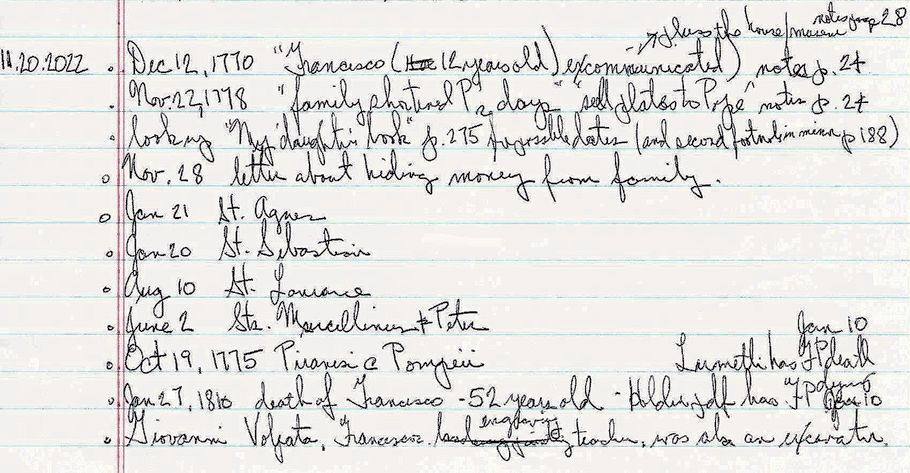
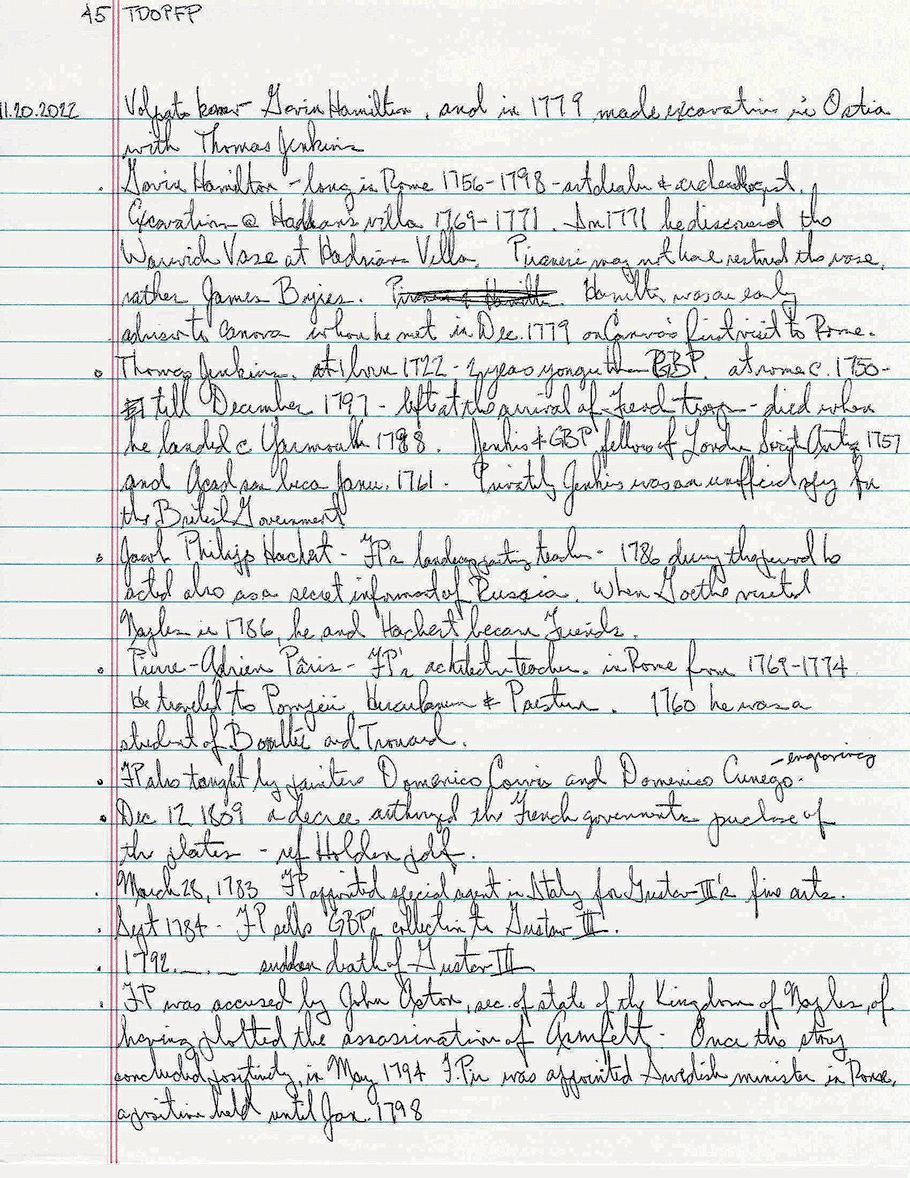
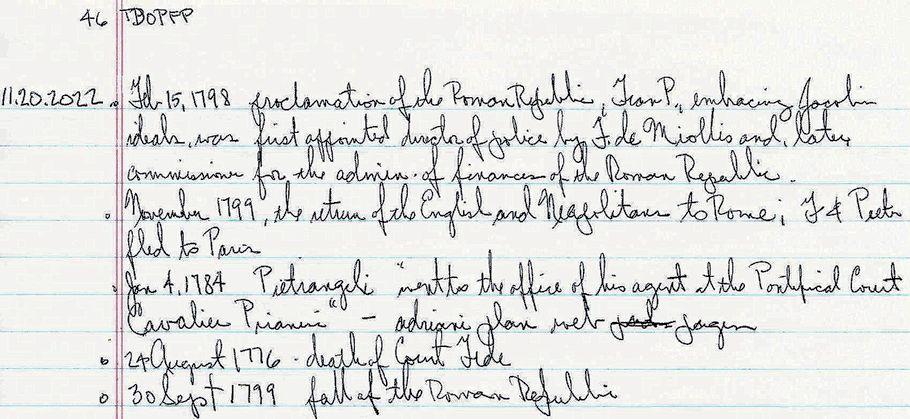
Who knew today would be the day I find out there are at least four spies/secret agents, of one sort or another, in this story? Very Ian Fleming. And don't forget the extremely short-lived marriage of Miers Fisher Jr. and Hélène Gregoroffsky. Very from Russia with love, or, dare we say, "I hope they are of wax."
And, last but not least, two differing dates for the death of Francesco: the online Francesco biography has 27 January 1810, whereas the Holden's "The eclipsed son" has 10 January, referencing Lumetti. I'm not sure exactly where the error (or errors) lie, but 10 January 1953 is for sure my brother's birthday, and 10 January 2013 is likewise for sure my godmother's deathday.
Yet, again, calendrical coincidence introduces the uncanny element.
|